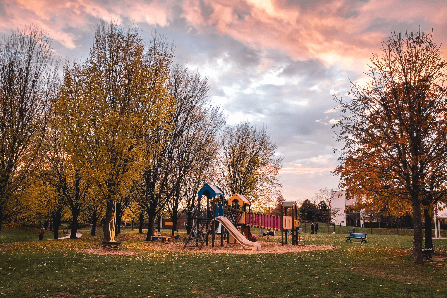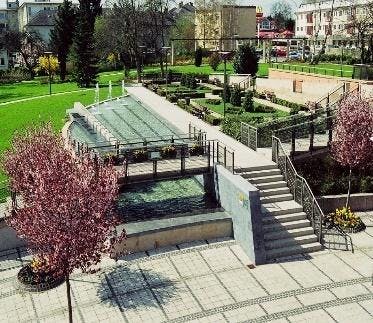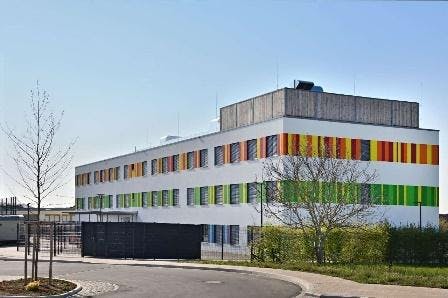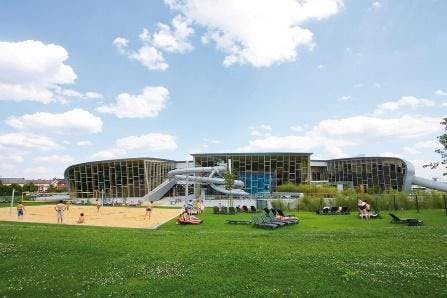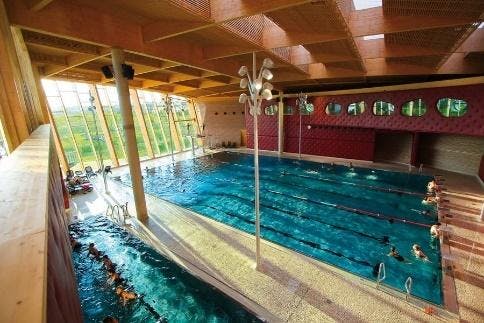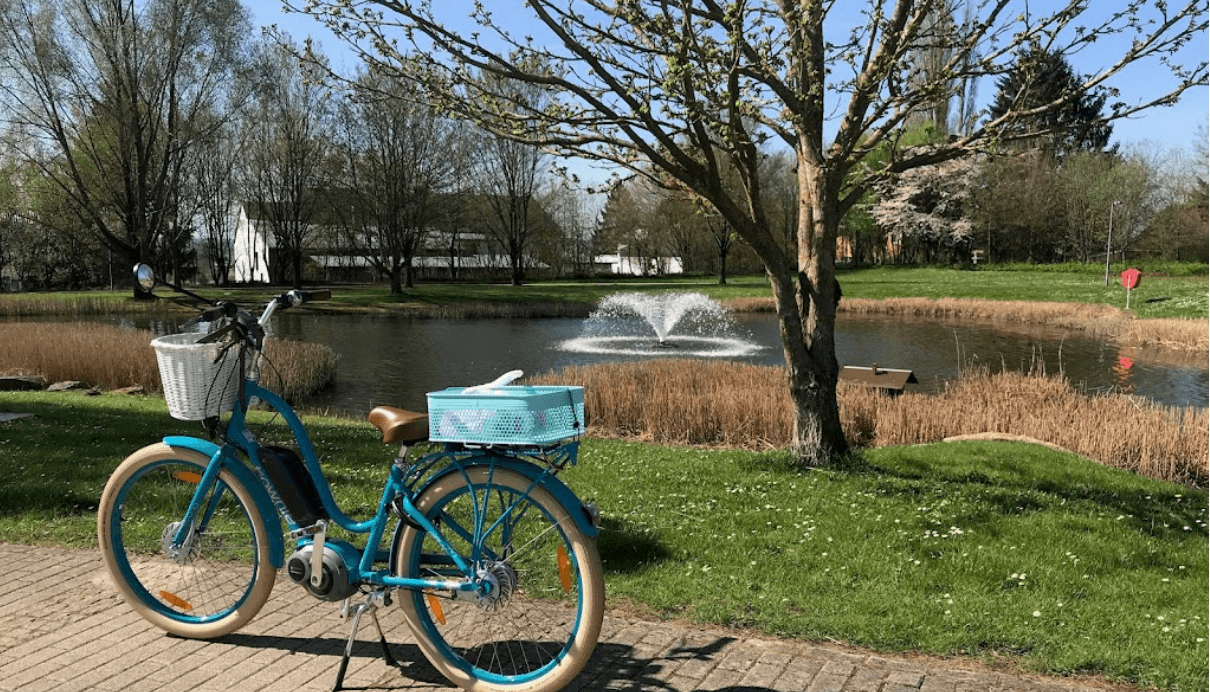
Strassen commune: a small area in proximity to the center
In this article, we embark on a journey through the historical corridors, explore the vibrant population, weigh the pros and cons of residing in Strassen, dissect the area's transport accessibility, take a closer look at its infrastructure, and navigate the nuances of renting and buying real estate.
The Strassen commune, located to the northwest and bordering Luxembourg City, is a vibrant urban extension seamlessly connected through its main artery, the Route d'Arlon, towards Bertrange. Defined by a singular locality, the Ville de Strassen, it shares boundaries with Rollingergrund/Belair-Nord to the east, and Belair and Merl to the southeast.
General characteristics of Strassen commune
Strassen is primarily defined by its main artery, the Route d'Arlon, directing traffic towards Bertrange. While this connectivity is a boon, it brings challenges, with peak-hour traffic contributing to significant congestion and subsequent noise pollution.
Despite these traffic-related concerns, Strassen remains proactive in welcoming new residents, prioritizing their well-being. The municipality is renowned for its commitment to community integration, making it an ideal home for a diverse populace. Notably, Strassen residents enjoy a commendable median income of 10,629 euros per month, securing the municipality's position as the fifth highest in the country.
Population of the commune
Covering an area of 10.71 km2, Strassen stands as one of Luxembourg's smaller communes. Yet, as of January 1, 2024, it hosts a vibrant population of 10,588 individuals, securing its position as the 12th most populous commune in the country. Notably, the commune exhibits a significant international presence, with 60.26% of its residents hailing from abroad, aligning closely with the capital's average of 70.44%.
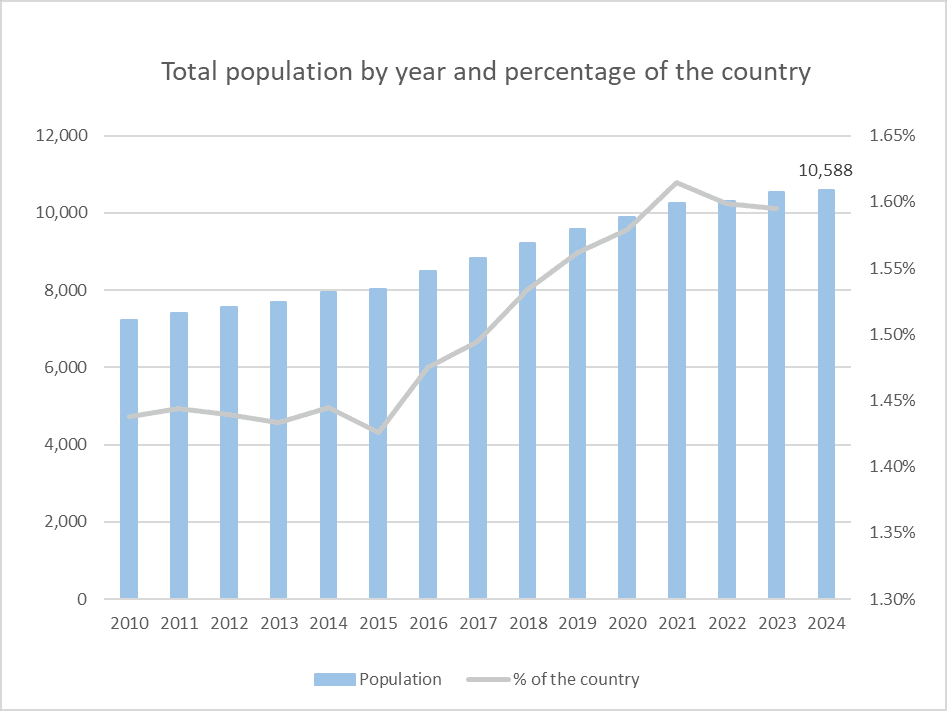
Transport accessibility
Strassen commune offers a well-connected and accessible transportation network, ensuring seamless mobility for its residents. Whether by car, bus, bike, on foot, or even by train, the commune's residents benefit from a variety of transportation options.




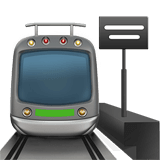

You can check in detail all the transportation options on the transportation page of the Strassen commune or get detailed instructions to get from one point to another on mobilitet.lu and its route planner.
Renting and buying real estate
The allure of Strassen has driven a substantial surge in real estate prices over the past two decades, closely aligning with the capital's average for purchasing at 12,080 euros/m², comparable to the 12,243 euros/m² in Luxembourg City.
However, for rentals, Strassen surpasses the capital's average, with prices standing at a robust 31.14 euros/m², exceeding the 30.72 euros/m² average in Luxembourg City.
For buying the average price is
For renting the average price is
Applications, search, and profound advice in our guide to renting

Infrastructure of the commune
Strassen stands as a well-endowed commune, boasting a comprehensive array of infrastructure to meet the diverse needs of its residents. The Les Thermes Aquatic Center emerges as a standout, offering a variety of water-based attractions, from expansive pools to sauna spaces. Green spaces play a pivotal role, with Riedgen Park providing a serene setting for relaxation and outdoor activities.
The sports enthusiast is catered to with numerous facilities, including the Complexe Sportif Jean Wirtz and Hall Omnisports, ensuring a vibrant sports culture within the commune. Additionally, the Pall Center and the Belle Etoile Shopping Center, with its Cactus supermarket, contribute significantly to the flourishing commerce and retail experience in this well-equipped community.
If you're considering making Luxembourg your new home, we encourage you to explore our range of articles that look in depth at the different city communes and neighborhoods.
Pros and cons of living in the Strassen commune
Living in Strassen offers an ideal combination, strategically located within proximity to the capital and well-connected via Route d’Arlon. The upcoming tram line will further enhance accessibility. However, the flip side involves traffic congestion on Route d’Arlon during peak hours, leading to noise pollution.
The commune prioritizes the integration of newcomers, with a strong focus on residents' well-being evident in its extensive cultural, recreational, and sports infrastructure, featuring notable sites like Les Thermes. Additionally, the proximity to Centre Hospitalier de Luxembourg ensures convenient healthcare access.
On the downside, the commune's allure has driven a significant surge in real estate prices over the past two decades, surpassing even the capital's averages for rental properties. Another drawback is the absence of secondary educational institutions, necessitating a commute to the capital for such facilities. Despite these challenges, Strassen remains a sought-after community for its strategic location and commitment to resident welfare.
What can you find in this commune?
Strassen ranks 12th in population within the Grand Duchy, yet it holds a distinction for being among the smallest in terms of land area, highlighting its unique blend of urban vitality within a compact space.
Strassen offers a diverse range of educational institutions, catering to the needs of its residents, from early childhood to continuous vocational training.
Primary Public Education
The public primary school, Ecole fondamentale UNESCO Strassen, has been a part of the UNESCO Associated Schools Network since May 2009. Aligned with UNESCO's ideals, the school fosters values of peace, international understanding, human rights, knowledge accessibility, and sustainable development.
Strassen Primary School, website: ecoles-strassen.lu
- Site Blummewiss (cycle 1): Address: 59 Rue des Romains, Strassen, Phone: (+352) 3 10 26 29 00
- Site Hueflach (cycle 1): Address: 9 Rue du Cimetière, Strassen, Phone: (+352) 3 10 26 25 00
- Site Antoine de Saint-Exupéry (cycle 2) : Address: 84 Rue du Cimetière, Strassen, Phone: (+352) 3 10 26 27 20
- Site Ben Heyart (cycle 3) :Address: 3 Pl. des Martyrs l, Strassen, Phone: (+31) 0 26 26 00
- Site Hueflach (cycle 4): Address: 11 Rue du Cimetière, Strassen, Phone: (+352) 3 10 26 25 00
Private Schooling
Within the commune, the private Maria Montessori school stands as a distinctive educational option. Housed in a character-filled bourgeois residence within a 23-acre wooded park, this school caters to children aged 3 to 12. Embracing Montessori methodology, it emphasizes independence and social skills development. The school boasts four classes, each with an average of 25 students, along with facilities like a restaurant, sports hall, music room, and a kitchen for students.
Childcare Facilities
Strassen prioritizes childcare with the public establishment Maison Relais Martyrs and numerous private nurseries, including two branches of the KidsCare network and others such as Ronde Des Petits, Barbara Tiramisù Strassen, Les Petites Bouilles, Les P'tits Malins, and L'enfant Roi.
- Maison Relais Martyrs. Address: 1 Pl. des Martyrs, Strassen, Website: ecoles-strassen.lu
- Chaussée Blanche Nursery. Address: 20 Chau. Blanche, Strassen, Phone: (+352) 2 89 92 89 94 00, Website: kidscare.lu
- Belle-Vue Nursery. Address: 10 Rue Bellevue, Strassen, Phone: (+352) 2 89 92 89 94 00, Website: kidscare.lu
- Ronde Des Petits Nursery. Address: 309 Rte d'Arlon, Strassen, Phone: (+352) 27 62 73 36, Website: creche-ronde-des-petits.lu
- Babouille Nursery. Address: 18 Rue de la Chapelle, Strassen, Phone: (+352) 26 31 19 09, Website: babouille.lu
- Barbara Tiramisù Strassen Nursery. Address: 122-124 Rue du Cimetière, Strassen, Phone: (+352) 27 99 02 20, Website: crechebarbara.lu
- Nursery Les Petites Bouilles. Address: 20 Cité Pescher, Strassen, Phone: (+352) 6 21 79 69 69, Website: lespetitesbouilles.lu
- Les P'tits Malins Nursery. Address: 4 Rue des Oeillets, Strassen, Phone: (+352) 44 96 24, Website: ptits-malins.lu
- L'enfant Roi Nursery. Address: 1 Rue Du X Septembre, Strassen, Phone: (+352) 2 73 22 51, Website: lenfant-roi.lu
Music Education
For young music enthusiasts, the Commune collaborates with the Regional Music School "Museksschoul Westen," UGDA (Union Grand-Duc Adolphe), and the Stroossen Brass Band. Together, they provide theoretical music education (solfège) and practical training in various musical instruments.
Continuous Vocational Training
The commune is home to a branch of the National Centre for Continuous Vocational Training (CNFPC). As a public institution under the Ministry of National Education, Childhood, and Youth, CNFPC offers a wide array of training courses.
The focal point of cultural activities in Strassen is the Paul Barblé Cultural Center, seamlessly integrated into the historic Barblé House in the heart of Strassen. This innovative project aims to revitalize the town center, incorporating existing pedestrian pathways and creating a park and village square. Accessible from the lower square on Rue des Romains, the center houses a versatile hall with a capacity of 400 to 600 people. The Barblé House encompasses a music hall, meeting rooms, a clinic, and workshops for visual arts.
Additionally, the commune features an art gallery within the same complex, comprising two exhibition spaces that regularly showcase both national and international artists. The Paul Barblé Cultural Center stands as a dynamic hub for cultural expression and community engagement in Strassen.
Paul Barblé Cultural Center
A Spiren Gallery
Learn more about Luxembourg's culture and traditions in our special guide.
While Strassen itself lacks clinics or hospitals, it benefits from its proximity to the primary healthcare facility of the capital, located to the east in the adjacent neighborhood of Rollingergrund. The Centre Hospitalier de Luxembourg (CHL) serves as a comprehensive medical hub, comprising four major poles, three of which are clustered in Rollingergrund: CHL Centre, CHL Maternity, and CHL KannerKlinik.
As a public hospital, the Centre Hospitalier de Luxembourg offers an extensive range of medical services and specialties, ensuring access to top-notch healthcare facilities and expert medical attention right at hand.
For immediate pharmaceutical needs, residents can rely on the Pharmacie de Strassen, conveniently located at 76 Rue des Romains.
You can read more about urgent healthcare in our dedicated article: Emergency medical help in Luxembourg: ambulance and hospitals.
Strassen boasts an array of green spaces, providing residents with ample opportunities to connect with nature and enjoy recreational activities. The primary park, Riedgen Park, stands as a sprawling haven featuring walking trails and a picturesque lake with a central fountain, a perfect spot for relaxation. Additionally, smaller parks, such as Barblé Park near the cultural center and Parc de l'Indépendance, add to the communal greenery.
Children are well-catered to with numerous playgrounds scattered throughout the various localities. The Spillplaz website simplifies the process of locating and understanding the features of each playground in the commune.
To the north, a vast forest offers extensive recreational possibilities for both young and old. Adjacent to Mamer's "Juckelsbësch" forest, Luxembourg City's "Bambësch," and Kopstal's municipal forest, this expansive woodland covers 418 hectares, forming one of Luxembourg's largest forests. Stretching up to Mersch, 20 km north of Strassen, the forest boasts 21 km of trails and 16 km of bridle paths, creating a haven for outdoor enthusiasts within the commune.
Strassen boasts a diverse array of sports facilities catering to various interests and activities. The Hall Omnisports, located next to the primary school, is complemented by the Complexe Sportif Jean Wirtz, featuring two football fields, one with a capacity for 2,000 spectators, serving as the home ground for the FC UNA Strassen football team. Adjacent to these fields is a pétanque court, while volleyball courts are conveniently located nearby, with an additional one situated south of the Les Thermes aquatic center.
Les Thermes Aquatic Center offers a range of water attractions for relaxation and sports, including a large pool with a slide, sauna space, and swimming courses. The sports infrastructure extends to Hall Marcel Balthasar, hosting the National Long-Distance Archery Center, and in proximity, the Karate Club Strassen provides facilities for martial arts enthusiasts. These facilities collectively contribute to Strassen's vibrant sports culture, accommodating various preferences and activities.
Hall Omnisports
Jean Wirtz Sport Complex
Strassen pétanque court
Beach Volleyball Court
Hall Marcel Balthasar, National long-distance archery center
Les Thermes Nautical Center
Karate Club Strassen
Strassen offers convenient shopping options, primarily centered around the Pall Center, a 400m² supermarket situated in the heart of the neighborhood. Within this establishment, two integral Luxembourgish family businesses, Kirsch for butchery and catering, and Fischer for bakery and pastries, enhance the shopping experience.
Eastward, near Rollingergrund, a Colruyt supermarket caters to further grocery needs, while to the west, the Belle Etoile Shopping Center houses a Cactus supermarket and a myriad of diverse stores, providing residents with a comprehensive shopping destination.
Pall Center Strassen
Colruyt Strassen
Shopping center Belle Etoile
Cactus Belle Etoile
Find out more about Luxembourg shopping centers in our article.
Historical overview
The historical tapestry of Strassen unfolds through ancient Roman traces, as a Roman road from Trier passed through Strassen, connecting Mamer to Arlon. In 1960, while widening the "Kiem" street, remnants of this road were discovered, revealing its significance. The town's name, Strassen, stems from successive linguistic transformations of the Latin word "strata," meaning a military road.
15th-century
Plague in commune
Growth of population and challenges
Frequently Asked Questions (FAQ)
How is Strassen connected to the capital, and what transportation options are available?
Strassen is well-connected to the capital, Luxembourg City, through the Route d’Arlon. Additionally, there are plans for a future tram line, enhancing public transportation options for residents.
What are the pros and cons of living in Strassen?
Pros include an ideal location near the capital, active integration of newcomers, extensive cultural and sports infrastructure, and proximity to healthcare facilities. However, challenges involve traffic congestion on Route d’Arlon during peak hours, rising real estate prices, and the absence of secondary educational institutions.
Are there notable green spaces and parks in the Strassen commune?
Yes, Strassen offers several green spaces, with Riedgen Park being a prominent example. This expansive park features walking trails, a beautiful lake, and lush greenery, providing residents with a serene environment.
What is the real estate market like in Strassen?
How is the healthcare infrastructure in Strassen, and where is the nearest hospital located?
Source: fr.wikipedia.org, www.justarrived.lu, www.strassen.lu, www.strassen.lu, www.strassen.lu, www.strassen.lu, www.ecoles-strassen.lu, www.cnfpc.lu, www.moovijob.com, www.ostadium.com, www.pallcenter.lu, www.lesthermes.net, www.immotop.lu
We took photos from these sources: Felicie Kensing- Boentges for Google, Luxembourg City Website, Wikimedia, ecoles-strassen.lu, Alltrails Website, Strassen.lu
